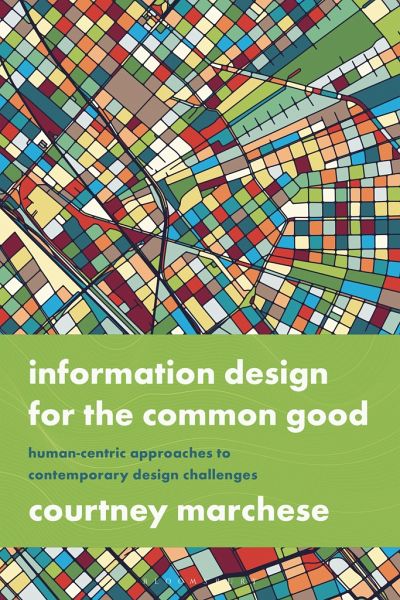
Information Design for the Common Good
Human-Centric Approaches to Contemporary Design Challenges
Versandkostenfrei!
Versandfertig in über 4 Wochen
98,99 €
inkl. MwSt.
Weitere Ausgaben:

PAYBACK Punkte
49 °P sammeln!
This book explores the increasing altruistic impulse of the design community to address some of the world's most difficult problems including social, political, environmental, and global health causes at the local, national, and global scale. Each chapter strategically combines theory and practice to examine how to identify causes and locate accurate data, truth and integrity in information design, the information design/data visualization process, understanding audiences, crafting meaningful narratives, and measuring the impact of a design. A variety of international case studies and intervie...
This book explores the increasing altruistic impulse of the design community to address some of the world's most difficult problems including social, political, environmental, and global health causes at the local, national, and global scale. Each chapter strategically combines theory and practice to examine how to identify causes and locate accurate data, truth and integrity in information design, the information design/data visualization process, understanding audiences, crafting meaningful narratives, and measuring the impact of a design. A variety of international case studies and interviews with practitioners illustrate the challenges and impact of designing for social agendas. These range from traditional media outlets like The New York Times and The Guardian, popular science organizations like National Geographic and Scientific America, to health institutes like The World Health Organization and The Center for Disease Control. This book allows the novice information designer to create compelling human-centered information narratives which make a difference in our world.













